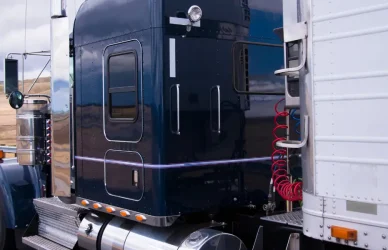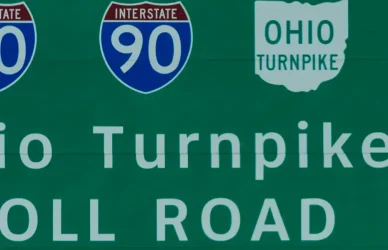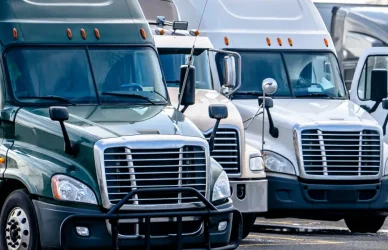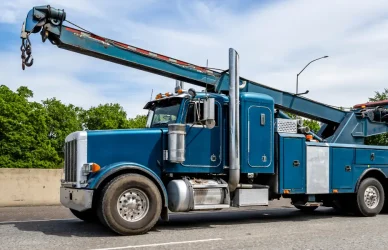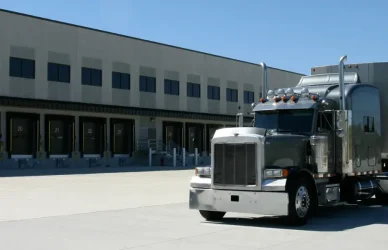State legislatures across the nation are engaged in discussions over proposed laws targeting the usage of left lanes by vehicles, particularly focusing on restrictions for large trucks. Simultaneously, efforts are underway to extend lane regulations to all vehicles.
The Owner-Operator Independent Drivers Association (OOIDA) voices concerns over the potential repercussions of such legislation, emphasizing the adverse impact on truckers and the safety of road users.
“When I read this bill, one thing comes to my mind, and that’s arbitrary and capricious,” said Doug Morris, OOIDA director of state government affairs.
The OOIDA argues that while the intentions behind these measures may be well-meaning, they present significant challenges for truck drivers and could compromise overall safety.
Colorado is currently considering SB100, spearheaded by Sen. Dylan Roberts, which seeks to prohibit large commercial vehicles from utilizing the left lane on Interstate 70, except for passing slower vehicles. Advocates contend that these measures, including enforcement of truck speed limits, are vital for enhancing safety. However, Doug Morris of OOIDA disputes the necessity of such legislation, citing a lack of evidence linking truck presence in the left lane to increased accidents.
In Kentucky, SB107 aims to restrict trucks from the far-left lane on highways with three or more lanes, with exceptions for specific situations like entering or exiting the highway. Despite unanimous Senate support, concerns persist among professional drivers regarding enforcement challenges and potential safety implications.
Michigan’s HB5304 addresses left lane usage on freeways, clarifying that large trucks are prohibited from the far-left lane, aligning with existing statutes. While proponents argue for improved safety and traffic flow, the Michigan Department of Transportation acknowledges flaws in current laws but refrains from taking a stance on the bill.
Rep. William Bruck, R-Erie, said that the Michigan DOT can only make recommendations, emphasizing that this is the case with road signs that direct drivers to stay right unless to pass.
“This (bill) would clarify this so MDOT could actually restrict the heavy traffic to remain in the right two lanes,” Bruck said. “It’s a commonsense issue. There’s less safety when people are passing on the right. For the ease of travel, we would like to open up the left-most lane for that faster traffic and make it safer in the process.”
Meanwhile, similar initiatives are underway in other states like Florida, Iowa, and Oklahoma, where lawmakers are considering broader left lane regulations affecting all vehicles. These efforts aim to optimize traffic flow and enhance safety on highways, though concerns regarding enforcement and practical implementation remain prevalent.
Rep. Jenna Persons-Mulicka, R-Fort Myers, spoke on the real point of the bill.
“It simply provides that the left lane is for passing only, with some commonsense exceptions,” she said.
Rep. Mike Klimesh, R-Winneshiek, called attention to the work this bill would do to improve traffic flow.
“Basically, this bill is an effort to prevent left-lane camping on multi-lane highways and improve traffic flow,” he said.
Overall, the ongoing legislative efforts reflect a broader push to address left lane usage, with implications for both truckers and general motorists, as states seek to balance safety concerns with efficient traffic management.
Source: Land Line




